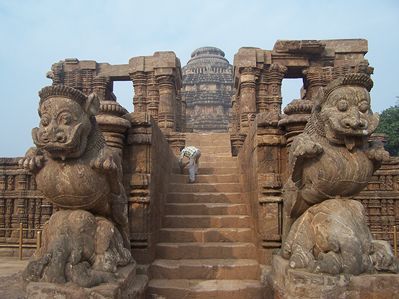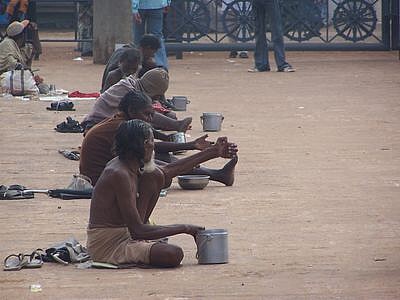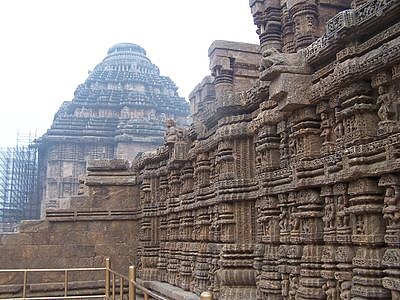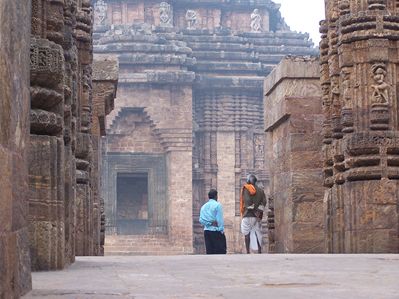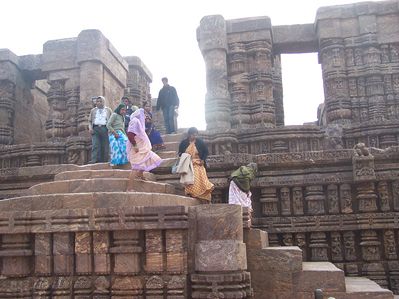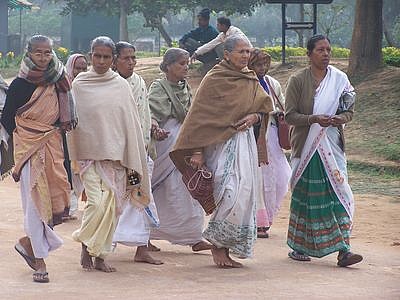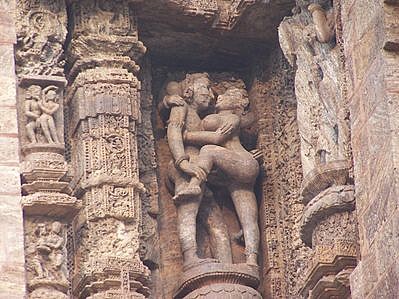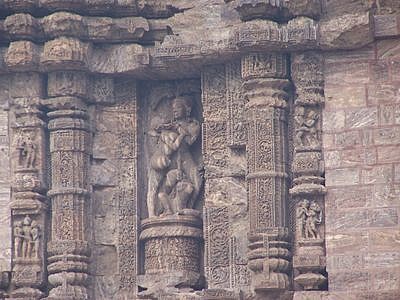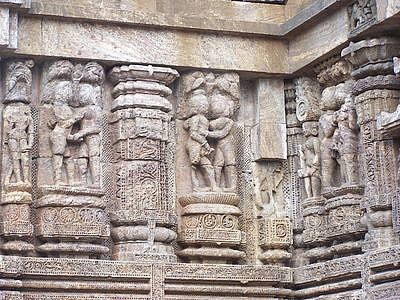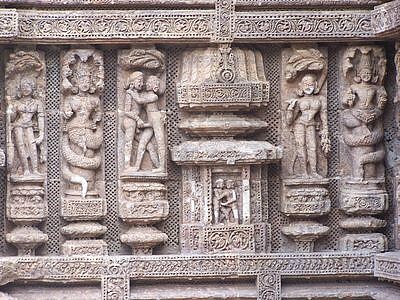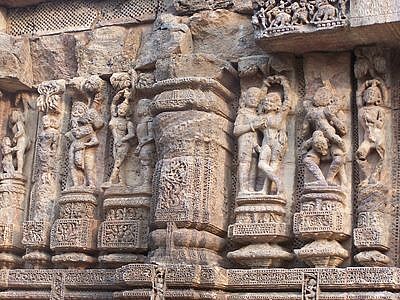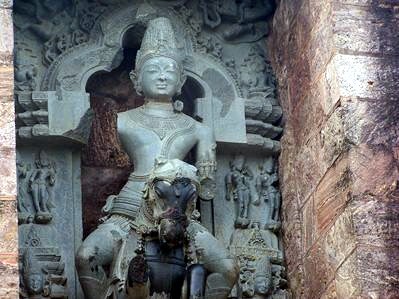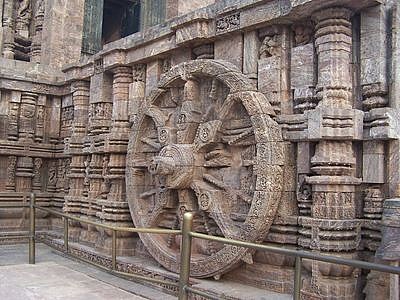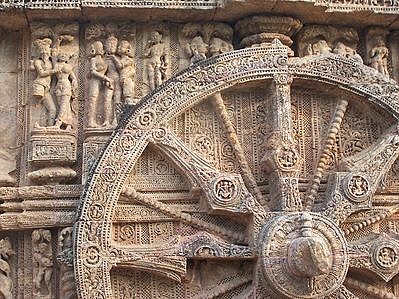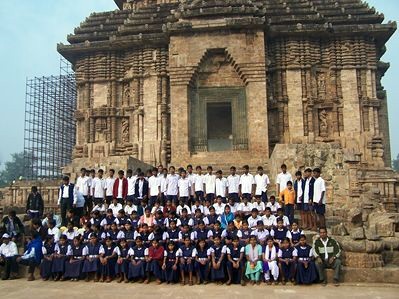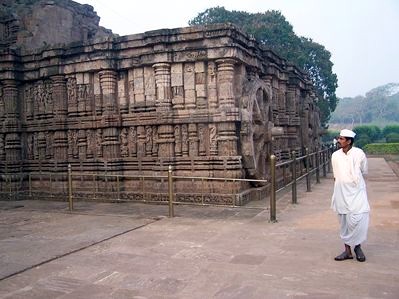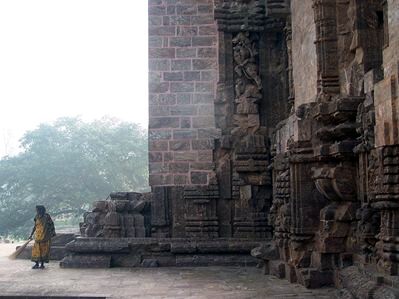Everything related to sex is a taboo in almost all societies. Even those societies which apparently seem broadminded and liberated. Thus the subject is often linked with hypocrisy. Especially for persons who act moralist and indignant about the loose morals, those who talk of family values, religions, etc.
Here are two news items from today's newspaper that illustrate this hypocrisy:
In Tehran (Iran), Mr. Reza Zarei, head of the police department for ensuring proper moral conduct in the national capital, was discovered in the company of 6 sex workers. Mr. Zerei had become famous for his harsh stand on what he called "immoral behaviour" and had got arrested hundreds of young persons with this accusation.
In New York (USA), Mr. Eliot Spitzer, the 48 year old Governor of the New York state has been forced to resign because he was using his office money on sex workers. His bill for the prostitutes amounted to 80 thousand US dollars.
In India, persons who moralise are a plenty. Just think of the one in Maharashtra government who had banned the women in dancing bars. When people are so vehement about moralising, I always feel that they have something to hide! So I hope experts of investigative journalism and sleuths should go after such persons to look in their cupboards if there are any hidden skeletons!
And to celebrate openness, have a look at the Italian version of the Naked News that started today. This internet and mobile phone based TV channel has news shows where the newsreaders (strictly women) slowly take off their clothes, while reading the news. Obviously the TV channel is available only for paying clients.
I guess learning or practicing Italian with this news channel could be great fun - it would help you in staying awake while studying and increasing your general knowldge. Only problem is too much anything is not so good and probably once you have seen it a few times, you will be plain bored.
***
Here are two news items from today's newspaper that illustrate this hypocrisy:
In Tehran (Iran), Mr. Reza Zarei, head of the police department for ensuring proper moral conduct in the national capital, was discovered in the company of 6 sex workers. Mr. Zerei had become famous for his harsh stand on what he called "immoral behaviour" and had got arrested hundreds of young persons with this accusation.
In New York (USA), Mr. Eliot Spitzer, the 48 year old Governor of the New York state has been forced to resign because he was using his office money on sex workers. His bill for the prostitutes amounted to 80 thousand US dollars.
In India, persons who moralise are a plenty. Just think of the one in Maharashtra government who had banned the women in dancing bars. When people are so vehement about moralising, I always feel that they have something to hide! So I hope experts of investigative journalism and sleuths should go after such persons to look in their cupboards if there are any hidden skeletons!
And to celebrate openness, have a look at the Italian version of the Naked News that started today. This internet and mobile phone based TV channel has news shows where the newsreaders (strictly women) slowly take off their clothes, while reading the news. Obviously the TV channel is available only for paying clients.
I guess learning or practicing Italian with this news channel could be great fun - it would help you in staying awake while studying and increasing your general knowldge. Only problem is too much anything is not so good and probably once you have seen it a few times, you will be plain bored.
***

